Huatian Wang received his BSc and MSc degree in Applied Mathematics from Xi’an Jiaotong University in 2014 and 2017, respectively. He was awarded the Marie Curie Fellowship to be involved in the EU FP7 project LIVCODE (295151) as a Research Assistant in 2016.
Huatian enrolled as a PhD scholar at the University of Lincoln in January 2017. During his PhD, he carried out a 12 month secondment as an Early-Stage Researcher for the European Union’s Horizon 2020 STEP2DYNA (691154) project from 2017-18 at Tsinghua University. Following this, Huatian carried further secondments under the European Union’s Horizon 2020 ULTRACEPT (778062) project from 2019-2020. This included 1 month at Guangzhou University (GZHU), then 11 months at Xi’an Jiaotong University (XJTU). His research areas include image processing, insect vision and motion detection.
I was mainly involved in the ULTRACEPT Work Package 1. The research focuses on modelling the visual processing systems of the flying insects like Drosophila and honeybees. Their extraordinary navigation ability in cluttered environments provide perfect inspiration for designing artificial neural networks. It can be used to guide the visual flight of micro air vehicles.
Although insects like flies and honeybees have tiny brains, they can deal with very complex visual flight tasks. Research has been undertaken for decades to understand how they detect visual motion. However, the neural mechanisms to explain their variety of behaviours, including patterned tunnel centring and terrain following, are still not clear. According to the honeybee behavioural experiments performed, the key to their excellent flight control ability is the angular velocity estimation and regulation.
To solve the fundamental problem of the angular velocity estimation, we proposed a novel angular velocity decoding model for explaining the honeybee’s flight behaviours of tunnel centring and terrain following, capable of reproducing observations of the large independence to the spatial frequency and contrast of the gratings in visually guide flights of honeybees. The model combines both temporal and texture information to decode the angular velocity. The angular velocity estimation of the model is little affected by the spatial frequency and contrast in synthetic grating experiments. The model is also tested behaviourally in Unity with the tunnel centring and terrain following paradigms. A demo video can be found on YouTube here. The simulated bee flies over a textured terrain using only ventral visual information to avoid collision.
During my secondment, I presented a poster as part of our work at the IJCNN 2019 conference in Budapest which you can read about here. This gave me the opportunity to share my research with the scientific community at the conference. The picture shows the communication I had with other researchers during the poster session.

I also attended and presented my work at the ULTRACEPT mid-term meeting in February 2020 which you can read about here. Due to Covid-19 travel restrictions, I was not able to attend the event in person. Instead, I attended and presented via video conference.

These secondments have provided me with the opportunity to work with leading academics in this field of research. For example, I was able to discuss the mathematical model of elementary motion detection and the signal simulation using sinusoidal gratings with Prof. Jigen Peng at GZHU, as well as the sparse reconstruction method in compressing sensing theory with Dr. Angang Cui at XJTU.
I also worked alongside fellow researchers. For example, I helped Dr. Qinbing to build up a database about the Collision Detection in various automotive scenes. We collected videos using a dashboard camera and made suitable cuts using video editing software.
I also attended numerous seminars and guest lectures. For example, I attended a seminar on solving sparse linear system using smooth approximation methods. These experiences helped me to develop my skills and knowledge and to further my research.
During the final two months of my secondment I had to work from my home in China since the university closed due to Covid-19. However, I was able to use this time to carry out video conference discussions with my supervisors both in Xian and Lincoln. I also used my desktop computer to run simulation experiments and spent time preparing academic research papers.
Thanks to the support of the ULTRACEPT project, I was able to introduce our work to other groups and attract their attention to this research field, which is helpful for improving the impact of our research.
During my one-year secondment in China, I established a friendship with Prof. Peng and other colleagues at Guangzhou University and Xi’an Jiaotong University. The cooperation with colleagues of these institutions boosted the development of the neural modelling for visual navigation. I was also able to introduce ULTRACEPT Project to other researchers in GU and XJTU. The mathematical analysing ability has been significantly improved during the cooperation with Prof. Peng. The programming ability has also been improved with my colleagues’ help.
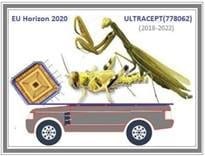
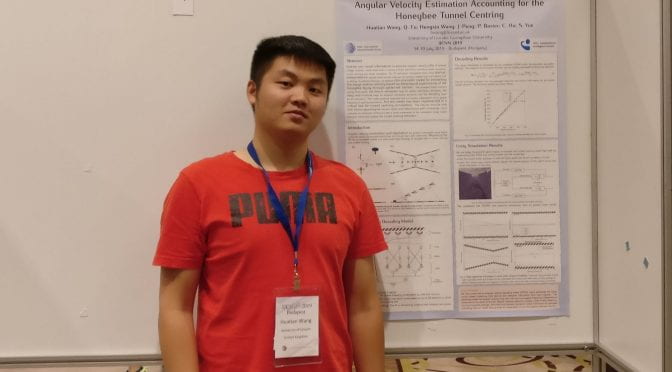
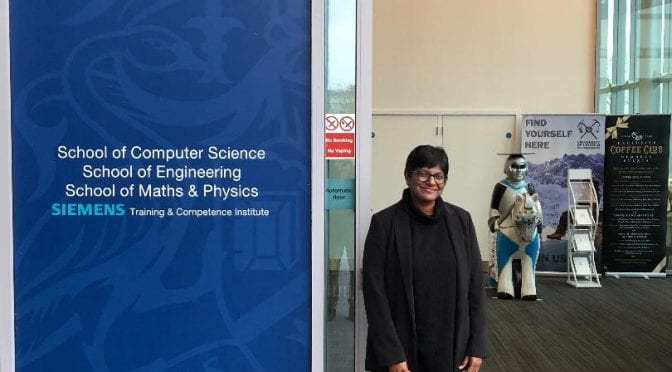

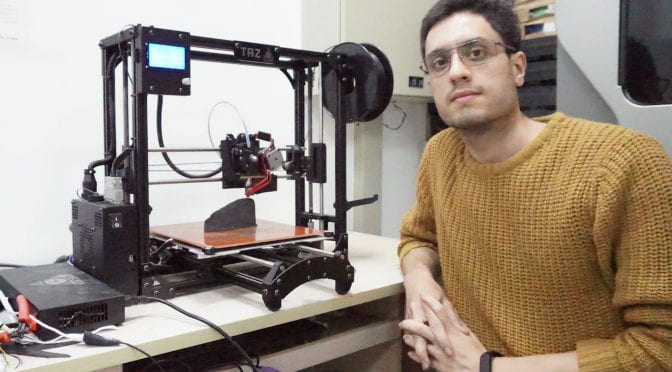




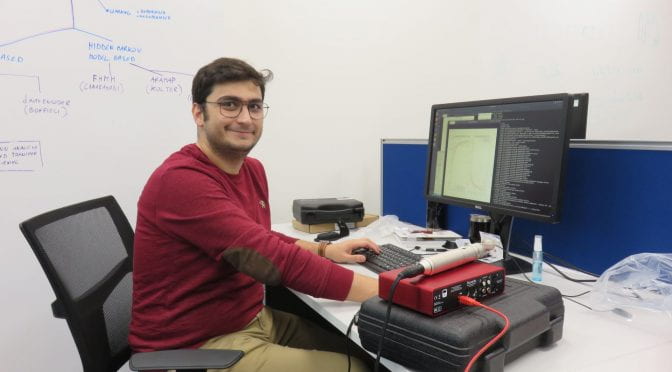




 I am also looking forward to my next Ultracept secondment with the project partner Visomorphic Technology Ltd.
I am also looking forward to my next Ultracept secondment with the project partner Visomorphic Technology Ltd.